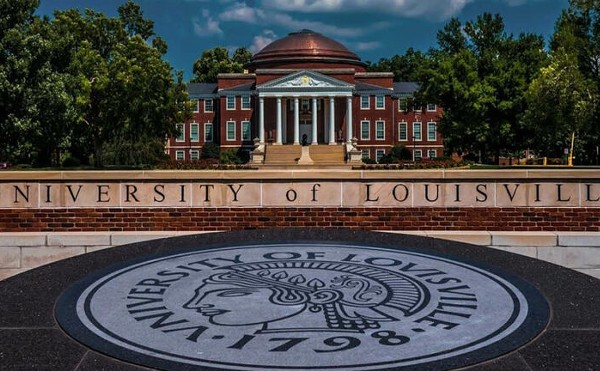In the Shadow of the Moon 4 stars
Starring Edwin E. Aldrin Jr., Alan Bean, James Lovell, Edgar Mitchell and David R. Scott. Directed by David Sington. Released by ThinkFilm. Rated PG; 1:36.
We’re smack dab in the middle of the 50th anniversary of Sputnik, which is really just another excuse to remind all of us 40 and younger that we’ve seen relatively few of the type of big scientific spectacles that prior generations enjoyed. My parents’ generation had Yuri Gagarin, John Glenn and the Apollo missions. And mine? We had Dolly the sheep. In the last few decades, technological change (on this scale) has been much more incremental and, as a consequence, rather dull.
I suspect that’s why documentaries like “In the Shadow of the Moon” are made: to remind us of the glory of grand, impractical scientific endeavors and let us experience how captivating they can appear, even generations later.
Director David Sington’s film is ostensibly a talking-head documentary, with all of the usual suspects (Aldrin, Bean, Armstrong, etc.) paraded before the camera. And while they’re all capable and compelling talking heads — every one simultaneously exhibits the manliness of a cowboy and the introspection of an English professor — they are overshadowed by the footage that Sington has unearthed, much of it never before seen outside of NASA, and all of it stunning.
About a half hour into the film, after he’s sufficiently contextualized the Cold War politics that propelled NASA’s early days, Sington takes a step back and lets the footage speak for itself. From the cameras on the launch pad, Apollo 11’s take-off looks like a kaleidoscope of reds and blues, as debris frees itself from the rocket and floats for a few fleeting moments before it’s enveloped by the immense fireball at the bottom of the screen. It looks like a sequence from “Fantasia,” not a Discovery Channel documentary.
Another segment, three or four uninterrupted minutes from a discarded booster as it watches the command module break free and leave sight, is every bit as mesmerizing as anything Hollywood has given us. While the “The Right Stuff” and “Apollo 13” captured the human drama of the space program, “Shadow” best captures its spectacle.
Part of the power of “Shadow” is the sneaking suspicion that most of us may never see anything else quite like it again. The Bush administration says it wants to go to the moon again and then off to Mars, but so far, it’s just talk; there have been no discernable efforts to find the money for such a program. If only space exploration included pumping oil or blowing up buildings.
And to be frank, it’s hard to argue that a trip to Mars would be the best use of our money. If it ever happens, though, it would be a sight to behold.





